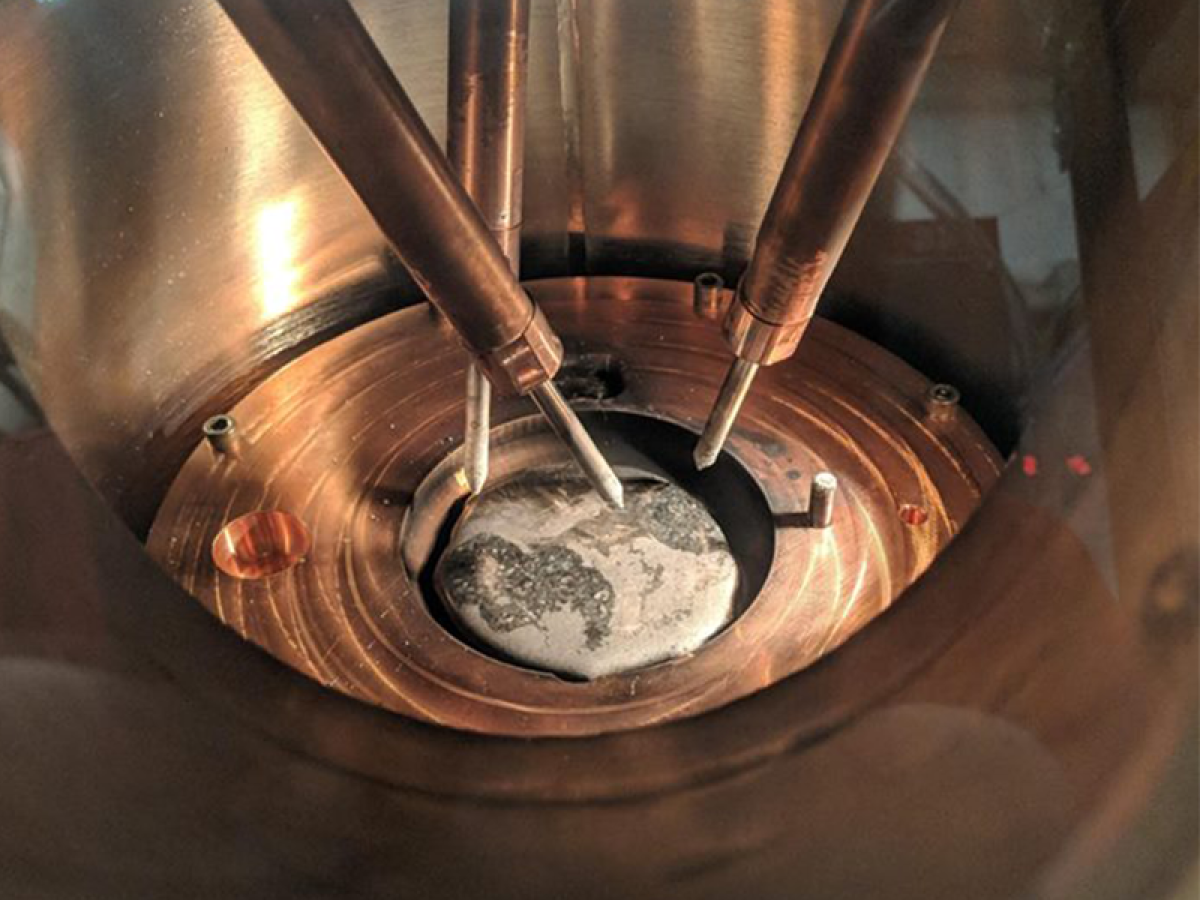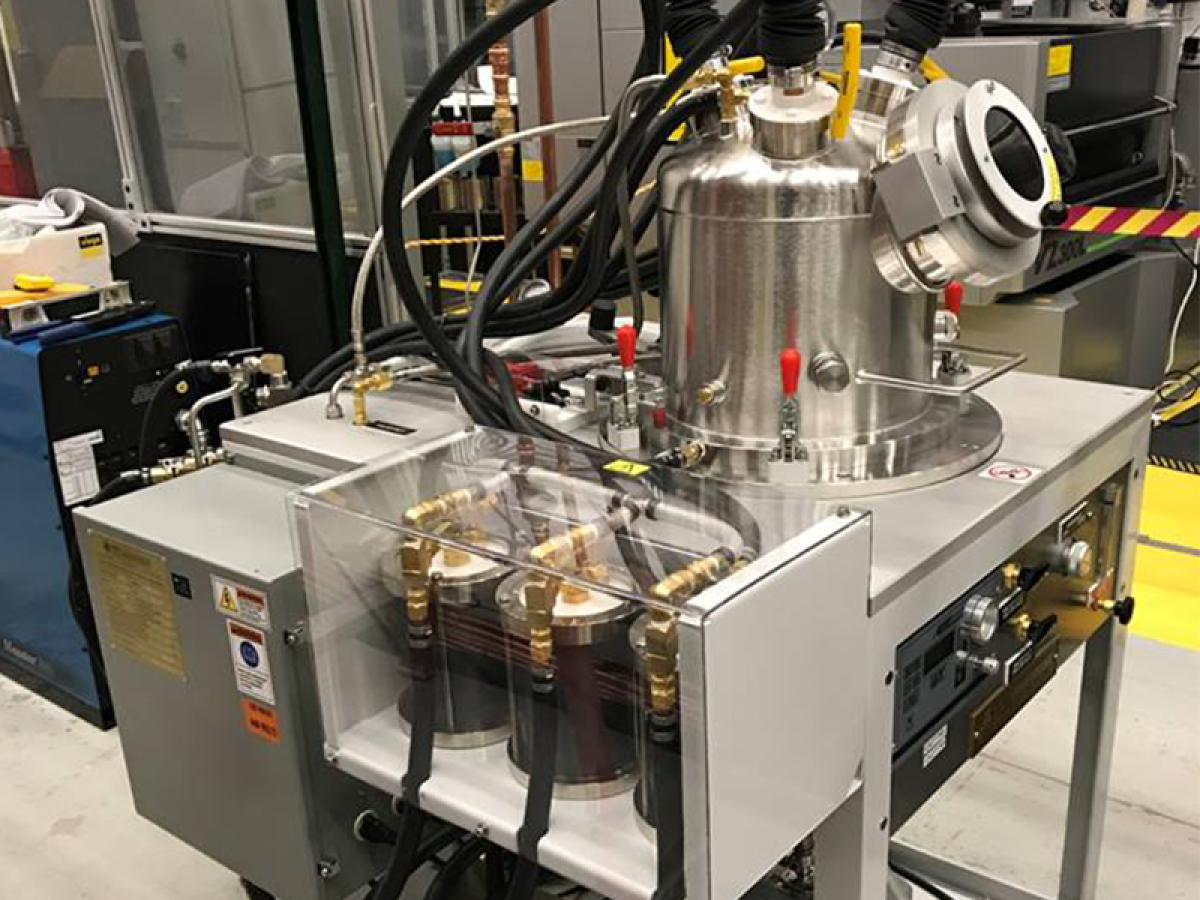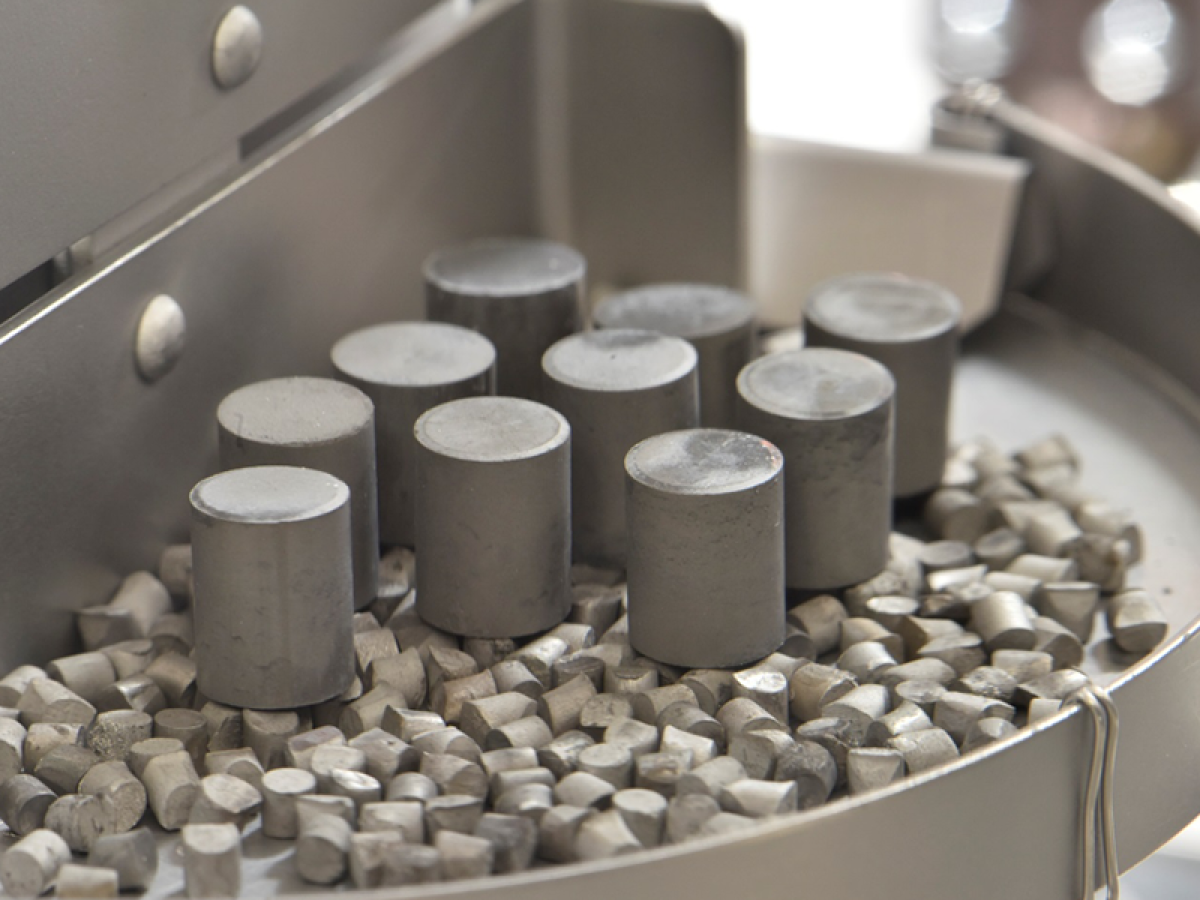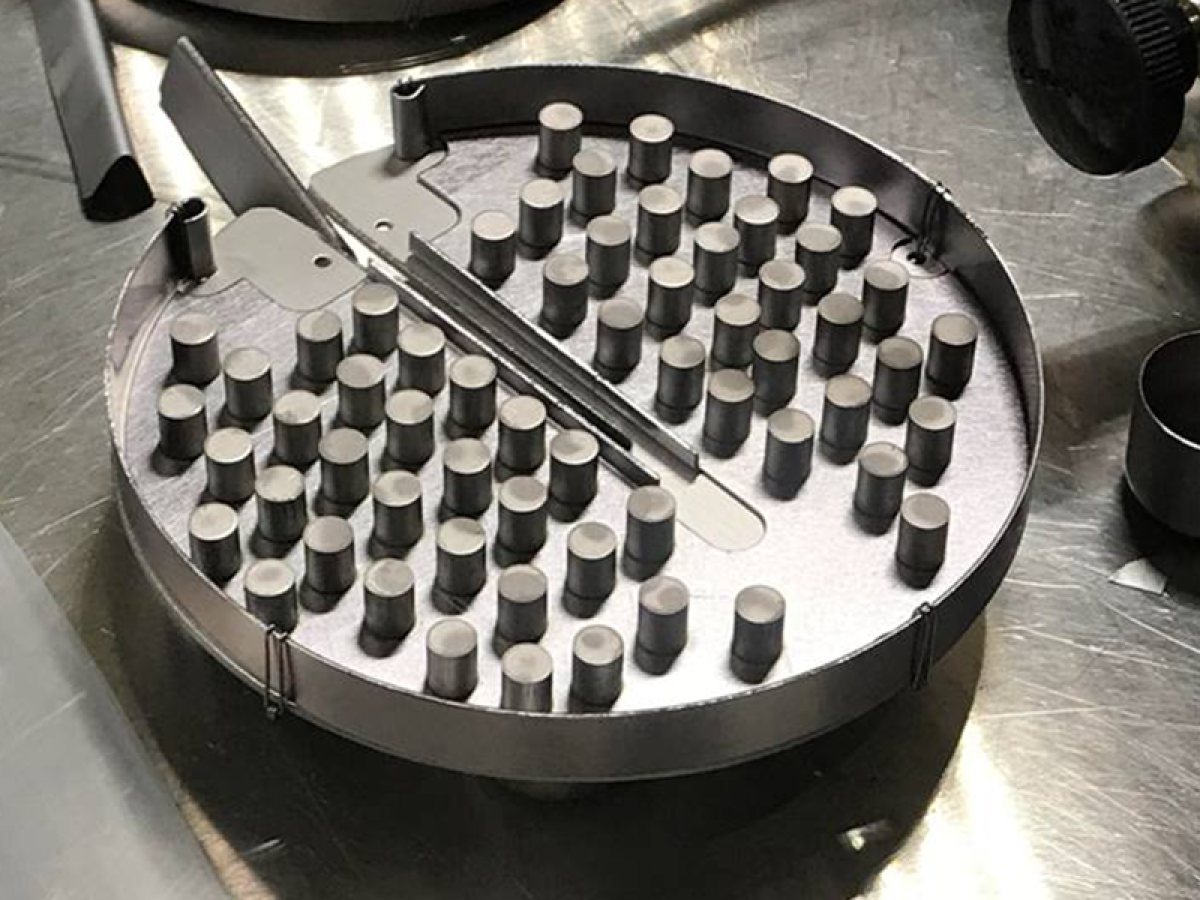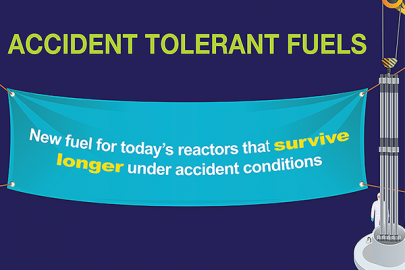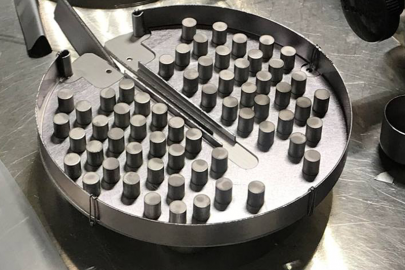Commercial testing is underway on a pair of advanced nuclear fuels developed by Westinghouse.
September 9, 2019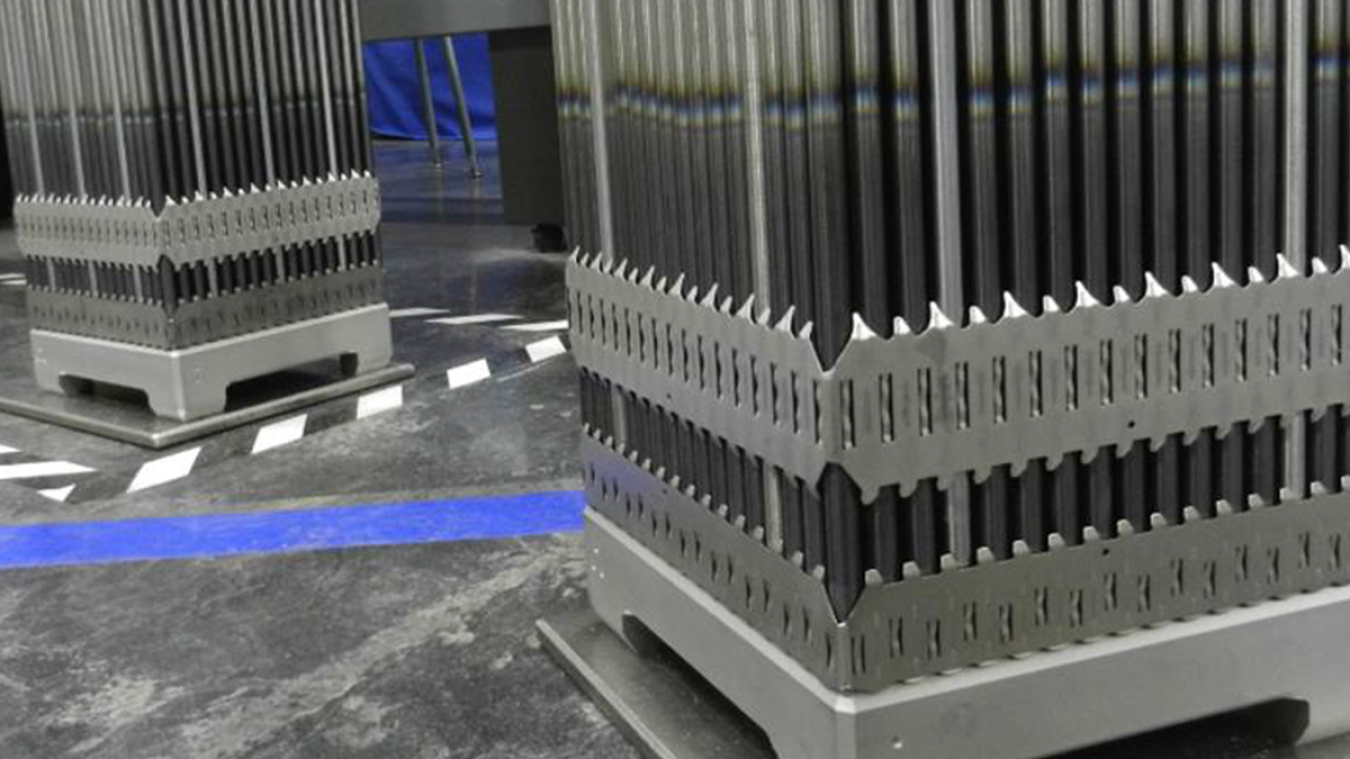
Commercial testing is underway on a pair of advanced nuclear fuels developed by Westinghouse, marking a major milestone for the nuclear industry.
The new fuels were developed through the U.S. Department of Energy’s accident tolerant fuel program, which is an industry-led effort to deliver new robust fuels to the market by 2026.
The company installed two lead test assemblies into the Byron-2 reactor in Illinois during its spring refueling outage. The assemblies contain a suite of accident tolerant fuel pellets and claddings that are expected to increase the safety and performance of nuclear fuel.
Westinghouse Advanced Fuel Designs
Westinghouse is testing uranium silicide fuel pellets for the first time in a commercial reactor. They use a mixture of uranium and silicon, instead of uranium and oxygen, to achieve a higher density of uranium atoms per pellet. This leads to longer operation times, increased power outputs, and high burnups.
The company worked with Idaho National Laboratory to develop the silicide pellets, which were manufactured at the lab. The pellets are enclosed in a zirconium alloy cladding.
See how they were made in the photo gallery below.
Westinghouse is also testing a chromia-alumia “doped” fuel pellet design to provide better material properties and fuel performance. The pellets will be housed in a chromium-coated zirconium cladding that is more resistant to oxidation and provides better heat transfer.
What’s Next?
Framatome, General Electric and Westinghouse are roughly two years ahead of schedule in terms of testing their fuels in commercial reactors.
The assemblies will stay in the reactors for up to six years. They will be examined between each refueling cycle every 18 to 24 months. Some of the fuels will then be used in transient tests to help determine the safe operating limits of each fuel. The data collected will be used to license the fuels with the U.S. Nuclear Regulatory Commission.
More accident tolerant fuels are expected to be placed in commercial reactors within the next year.


